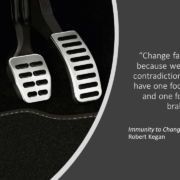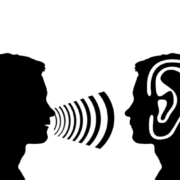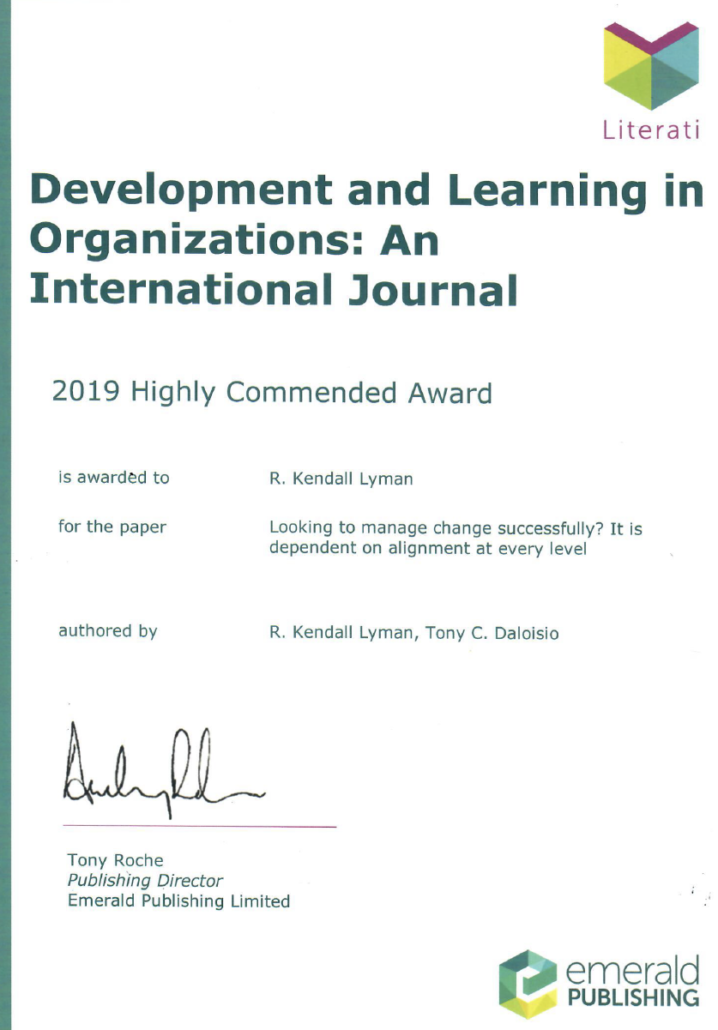Communication
In preparing for an engagement this week, I was reminded of this quote by George Bernard Shaw: “The single biggest problem in communication is the illusion that it has taken place.” I have coached a lot of leaders who are frustrated that they are not being heard. Several times, they have said in effect, “I told them, so why don’t they get it?” Leaders must remember that the meaning of their communication is the response they get. How people respond to us determines the meaning of what we’ve said or done, regardless of our intent. We know that the message sent is not always the message received. So, a good rule of thumb in communicating is this: “If it’s your message, then it’s your responsibility to make sure they ‘get it.’” It’s like this picture of the mailboxes: I can send a communiqué, but I can’t assume it will be received, opened, read, or understood. Even text messages sent can become an illusion if we rely on the message “delivered.” It is too static. Instead, we need a back-and-forth exchange to ensure that what we intended to say is actually received and understood. Otherwise, we will continue to live under the illusion that communication has really taken place.
A few years ago, I was asked by a client to teach Bernice McCarthy’s 4MAT System to help leaders improve their ability to communicate with employees. While the model was developed to help create more dynamic learning, it’s a great framework to help leaders deliver information in a more complete and engaging way. McCarthy found that there are four distinct ways of taking in new information: experiencing, conceptualising, applying, and creating. Translated simply for communicators this becomes Why?, What?, How?, and If?. Questions to consider in each area when preparing your communication include:
Why?
- Why is this important?
- Why is this relevant to you?
- Why should you listen to this?
Listeners need a reason to engage and the rationale behind what you’re saying. In effect, you are pre-empting their internal dialogue of “So what?” and “Why should I care?”
What?
- What are the facts?
- What do the experts say?
- What exactly are you saying and asking?
Listeners need to hear the facts and a theoretical understanding of something before they are willing to try it out or commit to implementing. In this step, don’t forget to give the rationale and thinking behind the facts and details.
How?
- How does this work?
- How will I be able to do it?
- How will I use this in my life?
Once listeners know the specifics and associated logic, they need to try it out, experience it, and potentially even give it a test run. This is where they get to “kick the tires” so to speak. And this is where leaders get to hear where the speed bumps are in the work life of their employees.
If?
- If this is true, then what?
- If I do this, what will be better?
- If I modify your idea, what will happen?
It’s likely that the communication won’t cover every situation or contingency. It would be too long and detailed if it did. Consequently, listeners need permission to consider alternatives or to adopt it in different circumstances. They need to know the guardrails and what authority they have to implement the ideas in their area. This is a good thing because this step can lead to engagement as employees will start to make it their own.
A natural reaction to communicating this way is: “I don’t have time to prepare all of this!” I get it. Usually, I’ll craft what I’m trying to say, and then quickly scan to see if I’ve covered all four areas. We’re all busy and feel that we don’t have time to answer all the questions (or others you think of) in the four areas described. But I have found that a little time up front saves me a lot of time later answering questions and clarifying what I tried to say. To get started, use this simple 5-step process to make your communication more effective and better received:
- A little what? (Provide just enough what so they know what the session is about).
- WHY? Give them the WIFM (What’s in It For Me).
- WHAT? Present the essential facts, data, etc.
- HOW? Offer a chance to “try on” the idea in a safe way.
- IF? Ask: “What do you think? What do I need to know? What questions do you have? What will it take to implement?”





